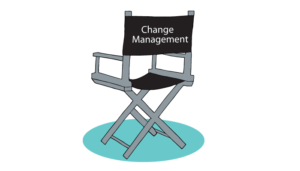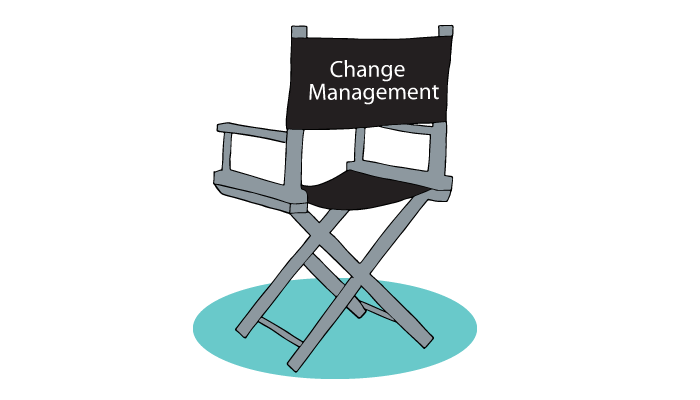
I don’t pretend to be an expert on leadership but I have worked with enough presidents, vice-presidents, directors, cabinet ministers, and assistant deputy ministers to know one thing – they are under a lot of pressure and don’t exactly have loads of spare time!
So how do you add change leadership to their ever-growing list of priorities? It’s unquestionably an important part of a leader’s role, but how do you ensure it doesn’t get ignored or delegated?
Effective support and direction from a change management team are key. Here’s why:
Leaders need a great strategy
A change management team will put together a strategy that is focussed on results and identifies the barriers to success – making sure all leaders put their energy in the right place. I believe in pragmatic approaches that are specifically tailored to the nature of the problem – anything else just wastes everyone’s time, including that of the project leaders.
For example, if it is important that the Chief Information Officer has the support of the rest of the executive team, then the change management approach should be directed towards building a team that can lead the change effort across the organization. Conversely, if the biggest barriers are with specific groups of employees, then leadership efforts should be aimed at helping those groups transition successfully.
A great strategy is a leader’s playbook. It maps out everything that is required to make the change happen, and help leaders understand the resources that are needed. One of the best things a leader can do is to make sure that time, money and resources are freed up and dedicated to the transformation.
“Change leaders must go beyond storytelling, motivation and mobilization effort – they need to provide resources so that the organization has what it needs to win in the new environment.”
Harvard Business Review
Leaders need to communicate effectively
A vision for change inspires – it gets the entire organization pulling in the same direction. A vision helps employees understand why the change is happening and gives them a sense of purpose, so it’s crucial to define the vision for the transformation.
This is easier said than done. As the old saying goes, you can’t just put lipstick on a pig! The real story will never be all roses and sunshine and, while a positive message is important, it is also important for leaders to acknowledge the real challenges that will accompany the change. Communicating change requires specialized knowledge and expertise because it can be different than other types of communication and an experienced change lead can bring this insight to the table.
The change management team will also help to develop a clear, compelling, and straightforward vision with a strategy and plan to make sure the message is heard (and understood) by all. There are many ways to minimize the amount of time a leader needs to devote to communicating while still achieving maximum impact, for example, with video broadcasts or organizing a town hall.
Leaders need to listen and understand
Understanding the diverse perspectives of your employees and what is important to them is helpful to everyone in the change effort, but particularly to senior leaders. Identifying key values, behaviours, and norms that can be used as levers in the change effort further supports insight and empathy.
I have learned through experience that teaching leaders about the psychology of change provides tremendous value. Without it, executives and project teams tend to complete a communication activity, check off the box, and move on to the next thing. Unfortunately, they haven’t made sure that employees have actually heard and understood the message. During the change, it is critical to constantly gather information from employees to understand their interpretation of the messages. There should be constant check-ins throughout the transition.
Listening is key to a successful change. As Winston Churchill said, “Courage is what it takes to stand up and speak; courage is also what it takes to sit down and listen.”
The change team will actively support listening by leaders at all levels. Enabling conversations and making sure all voices are heard is a critical function that change teams manage. They also help organize and track responses to questions and concerns, helping to minimize the impact of resistance from employees on the business.
Remember, while executives can’t sit on the sidelines and expect change to happen, being an active and visible change leader does not have to be a huge burden. We have supported leaders at all levels in change and transformation efforts and would be happy to help you too!

Job Love
Read The Free eBook.
This book looks at fundamental drivers of successful human relationships and applies them to the employee experience. Andrea shows how trust, respect, and even passion can be fuelled in the workplace with the right approach to internal communications.
Download the ebook




